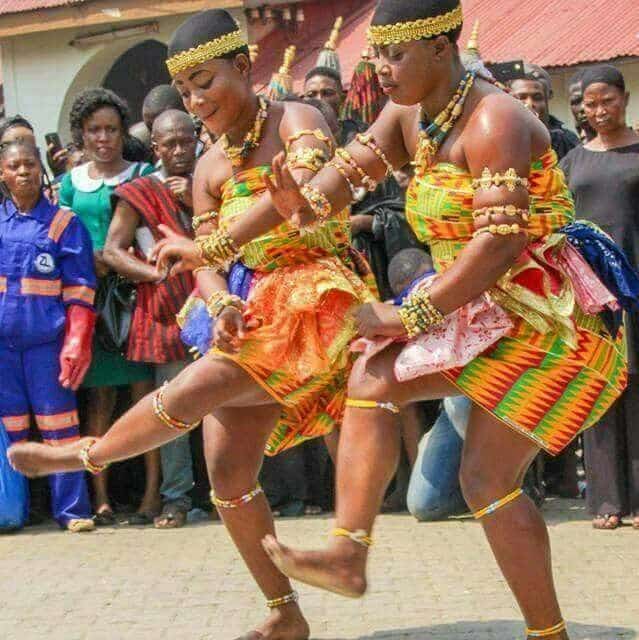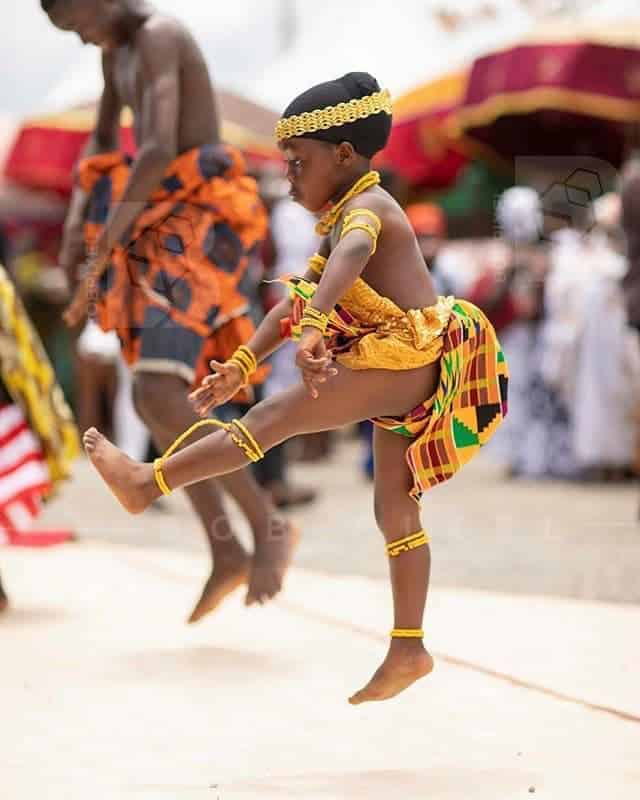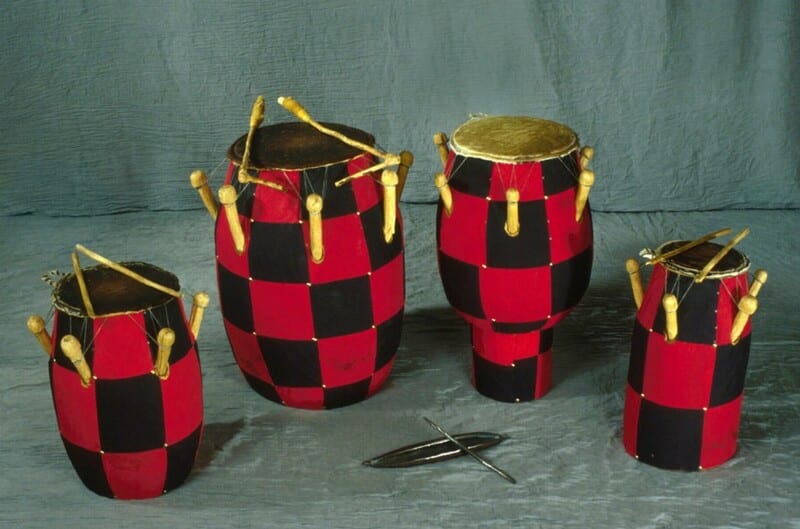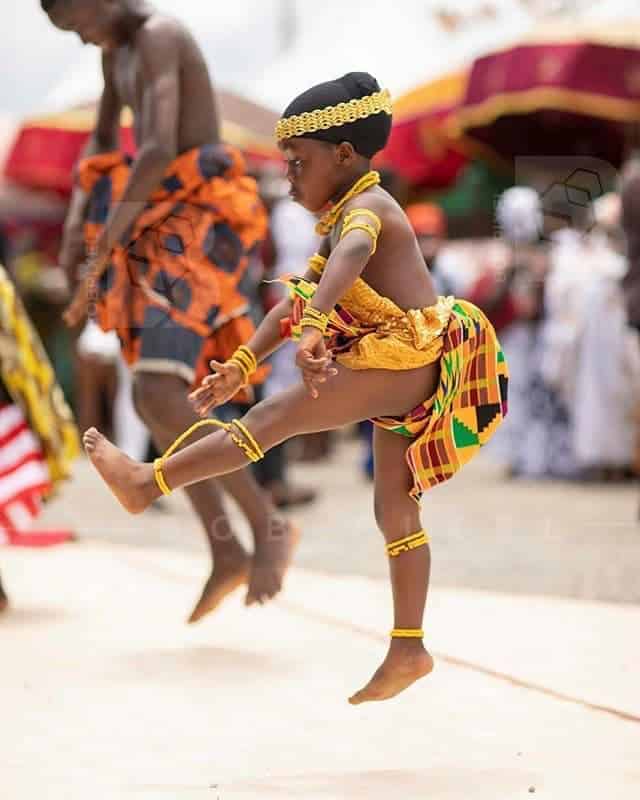Dance is an art form that embodies and distinguishes the ideologies of the society from which it originates. It serves as a reflection of the ever-evolving concepts of self and society, playing a vital role in confirming and sustaining cultural dynamism. One such dance, the “Akan Kete Dance,” holds significance in altering collective meanings and identity.

The historical origins of the “Kete” dance trace back to the people of Kete-Krachi, although it was later adopted by the Ashanti people despite being an Ashanti dance. Originally performed by Kete-Krachi hunters, the dance became assimilated into the rich Akan tradition through cultural relativism when the Ashantis conquered the Kete-Krachi people during their territorial expansion and quest for wealth.
The Ashanti people’s symbolic cloth, known as “Sum ne Mogya,” meaning “Darkness and Blood,” is intricately associated with the Kete drums. This cloth represents the arduous journey and sacrifices made in obtaining these magnificent drums. Its symbolism suggests that even in a conflict where no lives are lost, there is still a sense of intensity and struggle.

The incorporation of the Kete dance into Ashanti culture exemplifies the dynamic nature of dance as a form of expression. It showcases how cultural exchange and adaptation can shape and enrich traditions, blurring the boundaries between different societies. Through the Kete dance, the Ashanti people not only embraced a new form of artistic expression but also added layers of meaning and significance to their cultural identity.

The “Akan Kete Dance” serves as a testament to the transformative power of dance in shaping collective consciousness and reinforcing cultural heritage. It exemplifies the fluidity of cultural boundaries, reminding us that the evolution of art is deeply intertwined with the evolution of society itself. As dancers move to the rhythm of the Kete drums, they contribute to the preservation and reinterpretation of tradition, breathing new life into ancient customs and engaging with the ever-changing world around them.






































